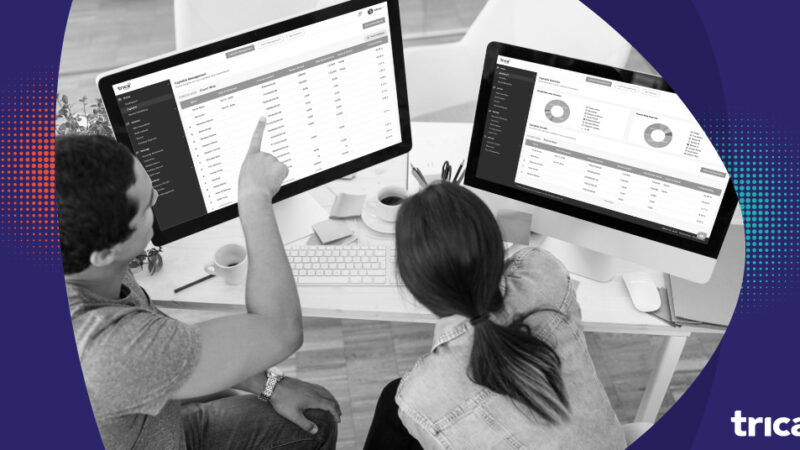
Cap Table Management Checklist by Pros
Using a cap table to manage and develop your company’s shares is an essential aspect of business evolution. However, being a newcomer to the startup world can be intimidating, making it challenging to construct a cap table and make decisions about it.
A cap table checklist will help new business owners understand and manage their resources to develop their business.
Why Is A Cap Table Important?
A cap table is a technique used by start-ups and new firms to demonstrate ownership. This comprises common shares, preference shares, options, warrants, convertible notes, and various other securities.
It would have ramifications for the company’s founders, investors, employees, and other stakeholders. For example, these corporate activities would eventually let you determine who owns the company’s stock, how many shares each person has, and how the stock price has changed over time.
Management of Cap Table: Why Is it a Problem for New Business Owners?
For new founders, a cap table can be a real hassle. In the early stages of the business, the cap table is a simple spreadsheet on Excel that contains titles, names, numbers of shares, and percentages. This is easily manageable at the beginning by the most basic users of Excel.
However, as the company grows, so does the complexity of the cap table. When a company raises capital, the number of investors increases and the types of shares available. Hence, new rows and columns are added, and the Excel sheet will become onerous and unmanageable.
Also, managing an Excel file for a cap table is less efficient and time-consuming. In addition, an Excel file will not suffice if your firm undergoes a significant strategic move such as a change in corporate structure, purchase, or even merger.
Cap Table Management: The Pro Checklist
Entrepreneurs with long-term objectives spend time with key personnel who contribute to the company’s development.
They are realistic about their expansion goals, and their recruiting requirements are well-liked by and attract investors. Here are some crucial pointers for correctly managing your cap table:
1. Know the details of the company’s equity
It’s essential to know your company’s founders, key employees, and advisors so that you can award them when you set a pool of total stock between 10% and 20%. Then, using a formula and the given pool, calculate the pay to offer these key individuals.
If you intend to expand your employment base in the future, you must set up a separate pool and employee incentives. In short, make sure you have all the necessary information about the company’s shareholders, including the amount and type of ownership they own.
2. Basic share details should be recorded
The next step is to save all the information you’ve acquired in a secure location that won’t require your constant attention. Again, using cap table software is the best approach to accomplish it.
This will include the name of the shareholder, the amount invested, the price per share, and the number of diluted shares.
An Excel sheet can help you keep track of the facts, but as the company grows, things become more complex, and you’ll have to spend time modifying and adding new records. You won’t have to waste time doing this if you use cap table software.
3. Data share and centralize
Rather than making numerous spreadsheets and managing the data, have it centralized on software and shared with people who require it. With cap table software, you can ensure that your company’s data is correct and consistent.
It’s also crucial to keep track of all the legal documents that constitute the cap table, such as notices of option awards, articles of incorporation, and stock purchase agreements.
Keep track of the legal paperwork. You will be able to determine the accurate figures of the cap table, as this information aids the company in deciding how proceeds can be distributed and how much to invest.
4. Provide up-to-date information to everyone in the company
The company, as well as people who are interested in the company, want current and accurate data because it affects crucial equity choices. If your investors use one type of cap table and you use another, there will be disagreement and chaotic data.
This is where centralized cap table software comes in handy since it allows you to share information with investors in real-time.
5. Review it regularly
You should review the equity plan periodically and update the cap table if any changes occur, such as hiring new employees, receiving funds, or other share transactions. The best cycle for review is quarterly when you connect with your accountant (during financial accounting reporting).
As the business owner, you must recognize who has invested in the firm and how much they have contributed. Maintaining an up-to-date cap table will also assist you in staying ahead of your competitors.
The Bottom Line
Now that you know what to look for in your company’s cap table and why so many businesses are switching from Excel to cap table management software, it’s time to shift.
trica is a cap table software that helps in the management of your shares. The software streamlines the cap table management process by allowing you to create several share classes, options, warrants, and convertible notes in one spot.
trica uses cutting-edge technology to make it simple to track and manage all of your company’s shares.
Take the first step in building an effective and easy cap table and ESOP management process at your start-up. Contact us for a free demo.
ESOP & CAP Table
Management simplified
Get started for free





